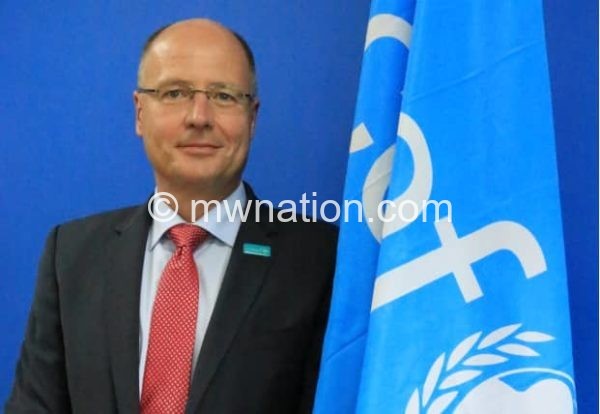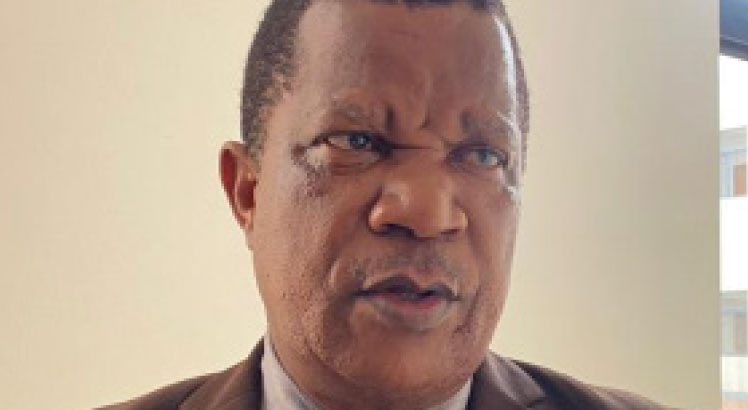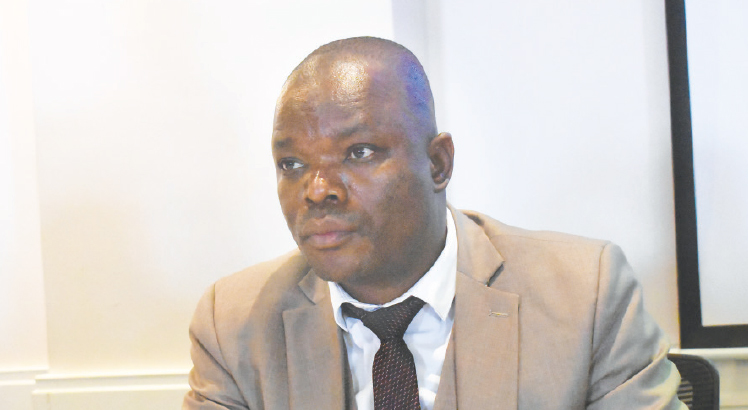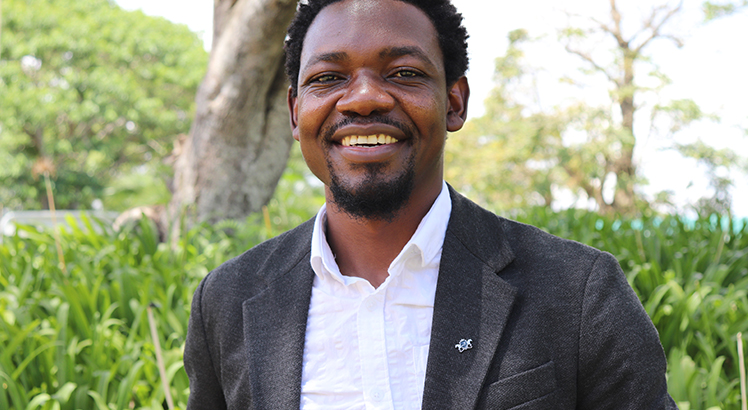School reopening in Malawi
As more children return to school on Monday after a long break due to the Covid-19 pandemic, Unicef Malawi Representative RUDOLF SCHWENK shares his perspective on why it is important to get children safely back in school.

Is it safe for children to go back to school when we still have Covid-19 among us?
Schools do much more than teach children how to read, write and count. They also provide nutrition, health and hygiene services, provide mental health and psychosocial support, and dramatically reduce the risk of violence, early pregnancy and more. And it is often the most marginalised children who are the hardest hit by school closures. We know from previous crises that the longer vulnerable children are out of school, the less likely they are to return.
Unless we prioritise the reopening of schools—when it is safe to do so—we will likely see a devastating reversal in the education gains we have made in recent years. Rising inequality, poor health outcomes, violence, child labour and child marriage are just some of the long-term threats for children who miss out on school.
While existing evidence suggests that children under the age of 18 years represent about 8 percent of reported cases, with relatively few deaths compared to other age-groups, children are still at risk of getting sick and they can infect others. Therefore, we must ensure a safe reopening of schools. The best interest of every child should be paramount.
What actions should school take for safe reopening?
Unicef has supported the Ministry of Education and the Ministry of Health to develop school reopening guidelines to ensure disease prevention in school and on the way to school. There are several actions that the schools in partnership with communities, and Parents Teachers Associations (PTA) will have to take to ensure safe reopening of schools such as—an assessment of the school infrastructure and environment, orientation and training of both teaching and non-teaching staff. Schools must enforce physical distancing in class, manage break times, provide hand washing facilities and encourage good hygiene practices to keep children safe in school, and on the way to and from school.
What should schools look like now to guarantee safety of children and teachers?
Hygiene and disinfection measures must be in place so that schools operate safely, with regular handwashing, daily disinfection and cleaning of school surfaces, basic water, sanitation and waste management facilities, and environmental cleaning and decontamination.
The Ministry of Education has prescribed that a classrooms should not have more than 40 learners. Learners sitting on desks or on the floor will have to maintain at least a one-meter distance. Children and teachers will have to wear a mask.
How is Unicef supporting the government to ensure children and teachers return to a safe environment?
Unicef supported the Ministry of Education in developing the school reopening guidelines. As part of the of the preparations for schools, with funding from the Global Partnership for Education [GPE], Unicef supported Ministry of Education in the assessment of schools and providing 7 000 buckets and soap to primary and secondary schools across the country.
Unicef is also supporting the government to implement a safe schools’ programme—an integrated child protection programme that ensures that children are safe at home, on the way to school and at school. Unicef has contributed to the development of a protection checklist for reopening of schools to ensure that there is a framework for ensuring that protection issues are incorporated in school reopening. The checklist will also ensure that resources are effectively mobilised and coordinated to reach more learners with protection services as they need them.
What support will teachers need to ensure a smooth transition after such a long break?
Teachers will need training on new practical class practices that are in line with COVID-19 measures.
• Teachers will be trained in delivery of remedial lessons to the learners.
•Teachers will need support on how they can best provide education programmes within the new guidelines.
•Teachers need to be oriented to providing psychosocial support to learners and support children on protection issues.
We are very pleased to see that the Ministry has already conducted some of these trainings.
Media reports indicate that many girls got pregnant or got married during the extended holiday. Is Unicef planning any interventions to bring these girls back to school?
Unicef is closely working with the Ministry of Education and other stakeholders on implementation of the readmission policy. Girls that got married or pregnant have a chance to come back to school and will be supported to ensure their continued learning. This is already going on in some selected districts where girls returning to school are being supported with scholarships and other interventions to improve their academic performance.
Should we expect to see lasting effects on the education sector? Can the impact of the pandemic on education be reversed?
Malawi’s education sector faces several challenges, even before the pandemic hit. For instance, only 6 percent of primary school learners meet minimum proficiency in English while 52 per cent meet the minimum proficiency in Mathematics, according to a 2015 Monitoring Learning Assessment. At secondary level, just half of those who wrote the 2019 Malawi School Certificate of Education examination passed.
During this five-month school closure, despite significant efforts, many children were unable to participate in the radio and online lessons that the Ministry of Education had developed, with support from Unicef and other partners. This is due to the lack of radios in their homes and electronic devices for online learning. This is likely to worsen the learning outcomes for most children.





